Home > Climate News >
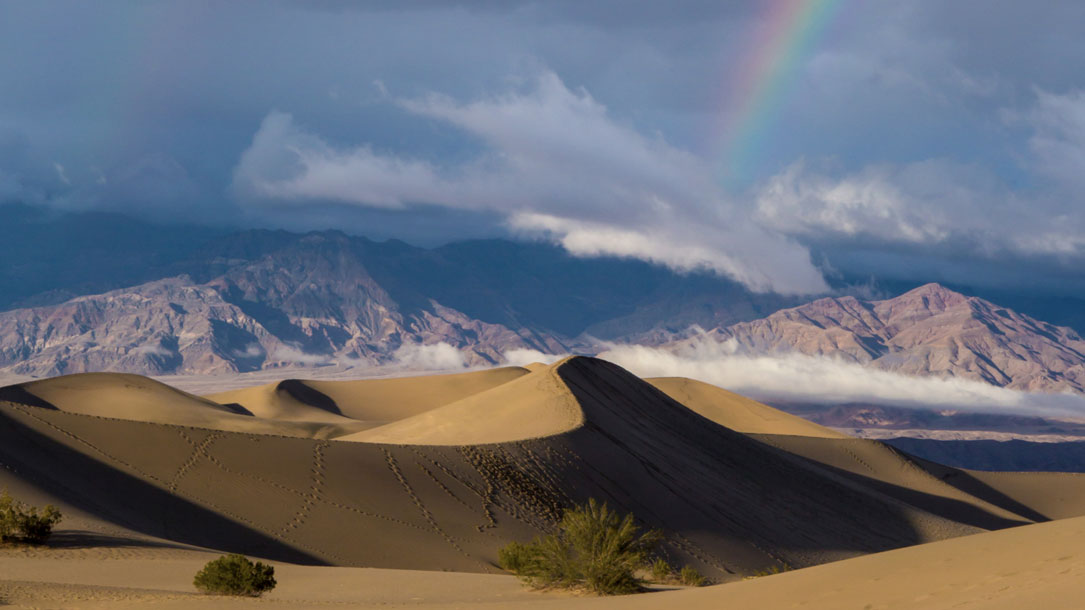
Is a big win for conservation a blow to climate action?
On July 22, Congress passed the biggest public-lands spending bill in half a century. The bipartisan bill, called the Great American Outdoors Act, puts nearly $10 billion toward repairing public-lands infrastructure, such as outdated buildings and dysfunctional water systems in national parks…

Making the change: breaking our fossil fuel habit
An iceburg melts in the Arctic; saltwater seeps into the Florida Everglades, the sun bakes a lakebed in Bolivia, trees die in the mountains of Germany, and bush fires sweep across southwest Australia. Although thousands of miles apart, these events are connected: they have all been intensified by climate change primarily caused by our burning of fossil fuels. Since ancient times, humans have burned wood, peat, and oil for heating, cooking, and light. In the U.S., as elsewhere, coal powered the industrial age until the discovery of vast amounts of underground petroleum in the mid-19th century. American industrial might was built on energy derived from fossil fuels—the decomposed remains of plants and animals found in the Earth’s crust. These fuels contain carbon and hydrogen, and it is carbon that is the problem.
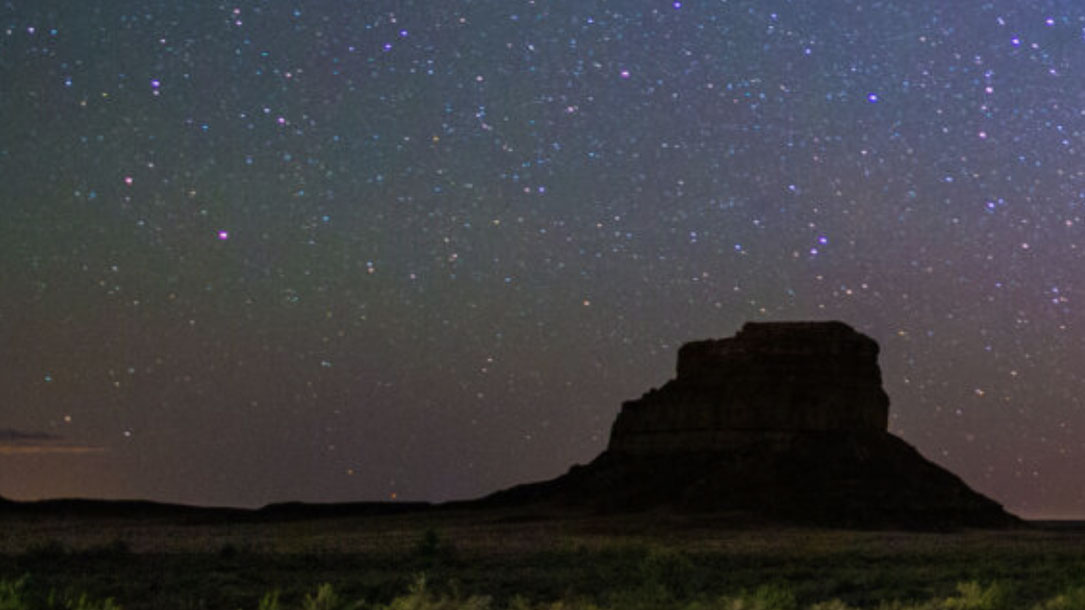
The biggest land conservation legislation in a generation
“After winning final bipartisan approval in Congress last week, a bill that will pump billions of dollars into overdue repairs and maintenance of U.S. national parks is now headed to the president for his signature. It’s an unlikely success story: bipartisan support in a polarized legislature for an environmental and conservationist initiative to which the Trump administration has shown itself hostile until only recently…”

House passes major conservation bill, sending it to Trump’s desk
“The House on Wednesday approved a major public lands conservation bill, sending it to the White House, where President Trump is expected to sign it into law.
The measure passed in a 310-107 vote.
The bill, known as the Great American Outdoors Act, would provide $900 million in federal oil and gas revenues for the Land and Water Conservation Fund (LWCF), which helps secure land for trails and parks…”

Cornell University divesting from fossil fuels to focus on alternative energy, renewables
The investments for this category are expected to decrease to zero over the next five to seven years as the investments mature, according to Bob Howarth, a Cornell professor of ecology and environmental biology who helped lead the divestment efforts and now heads the University Assembly.
Instead of investing in fossil fuels, the university will grow its $6.9 billion endowment portfolio by investing in alternative energy and renewables…
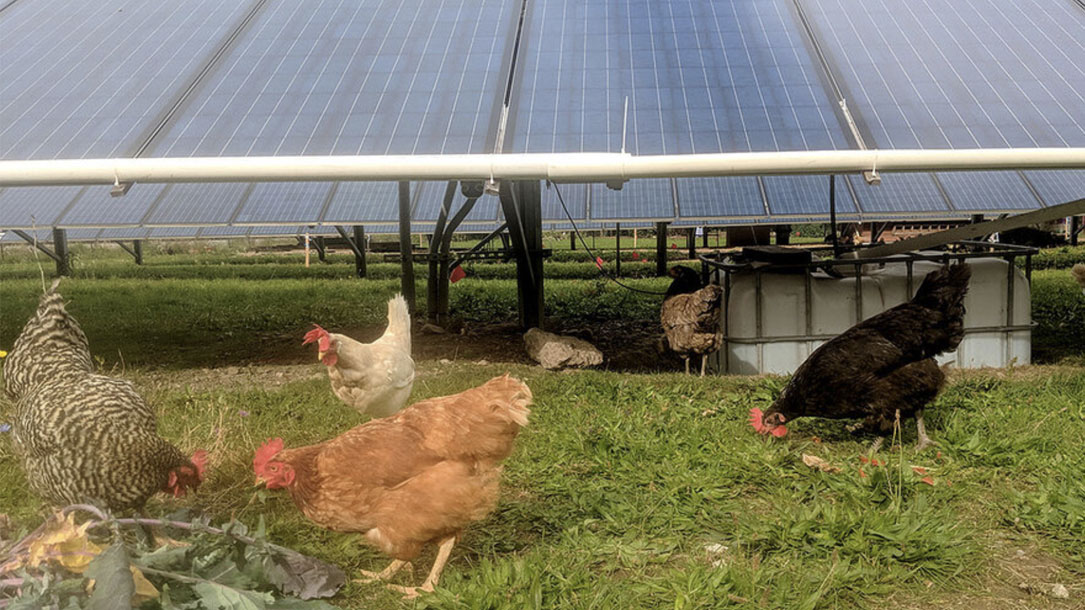
A new vision for farming: chickens, sheep, and…solar panels
When Jackie Augustine opens a chicken coop door one brisk spring morning in upstate New York, the hens bolt out like windup toys. Still, as their faint barnyard scent testifies, they aren’t battery-powered but very much alive.
These are “solar chickens.” At this local community egg cooperative, Geneva Peeps, the birds live with solar power all around them. Their hen house is built under photovoltaic panels, and even outside, they’ll spend time underneath them, protected from sun, rain, and hawks…

Wildlife collapse from climate change is predicted to hit suddenly and sooner
“It’s not that it happens in some places,” said Cory Merow, an ecologist at the University of Connecticut and one of the study’s authors. “No matter how you slice the analysis, it always seems to happen.”
If greenhouse gas emissions remain on current trajectories, the research showed that abrupt collapses in tropical oceans could begin in the next decade [emphasis added]. Coral bleaching events over the last several years suggest that these losses have already started, the scientists said. Collapse in tropical forests, home to some of the most diverse ecosystems on Earth, could follow by the 2040s…
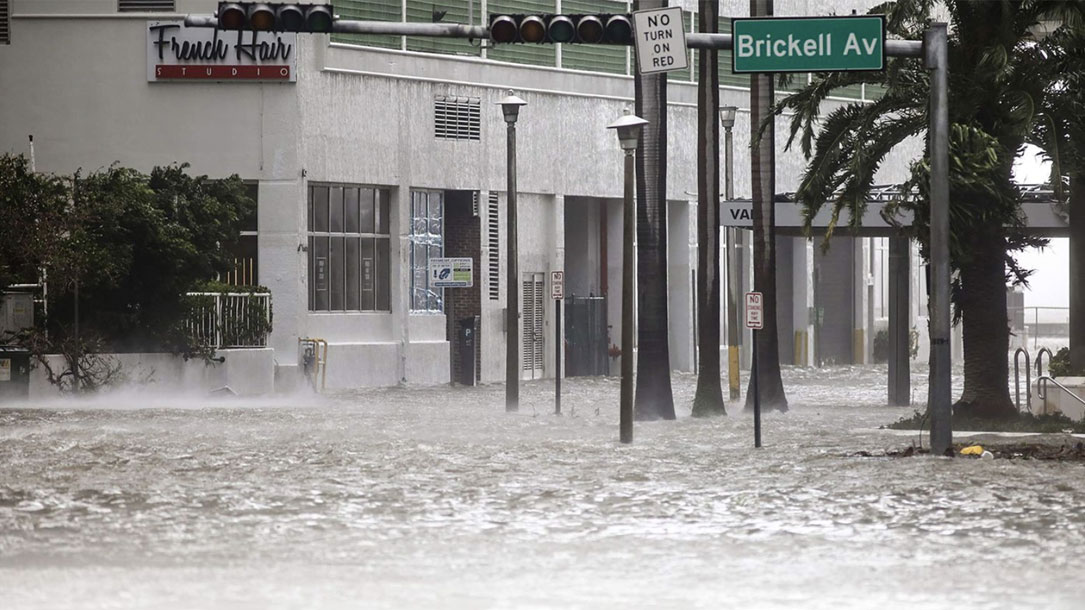
How I convinced my dad climate change is real
Lance was a member of the inaugural County Youth Chair program and serves as their youngest Spokesperson. He recently graduated Bayshore Christian High School in Tampa, Florida (where he was salutatorian) and is headed to The College of William and Mary to study political science.
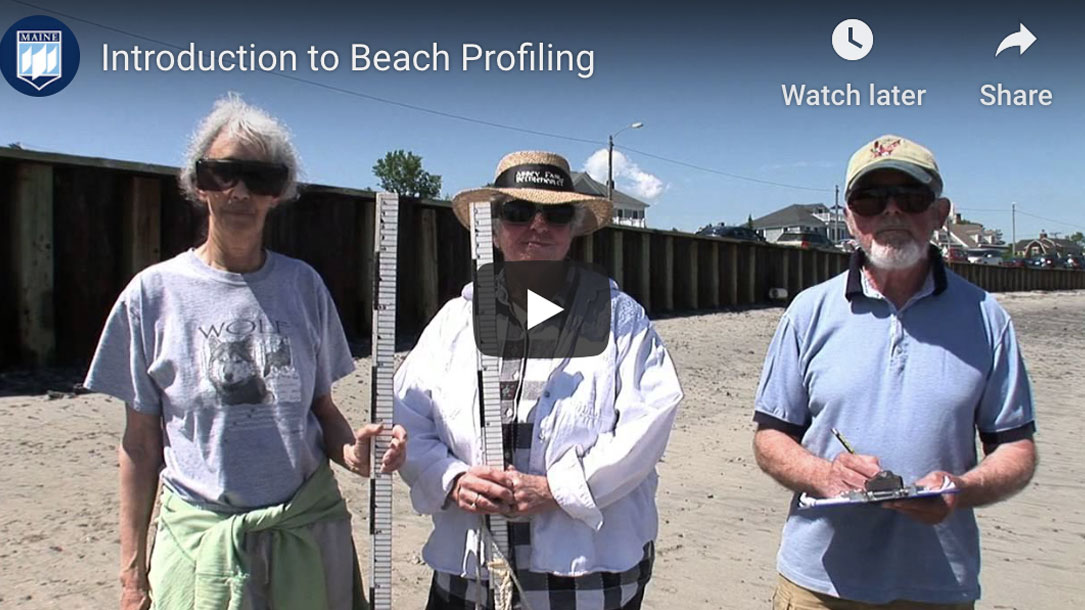
Volunteers mapping the state of Maine’s beaches since 1999
Beach profiling is a simple surveying technique used to measure changes in the contour of the monitored beach. The Southern Maine Volunteer Beach Profile Monitoring Program is a unique collaboration among local volunteers, participating municipalities, and scientists, resulting in over 20 years of critical data on the status of one of Maine’s most vital and valuable natural resources…
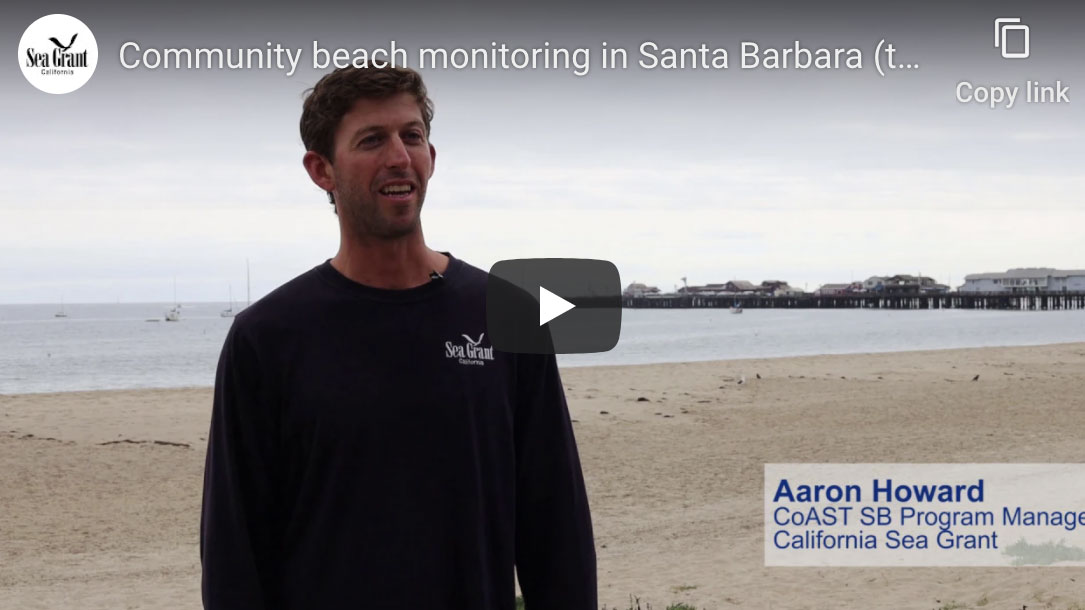
Community alliance for surveying the topography of sandy beaches
Join us on the beach!
Community Alliance for Surveying the Topography of Sandy Beaches (CoAST SB) volunteers monitor the movement of our shoreline in Santa Barbara and Ventura counties. We measure the contour of sandy beaches (known as beach profiles) using a quick and simple survey technique that takes approximately one hour, once per month. No experience is necessary…












